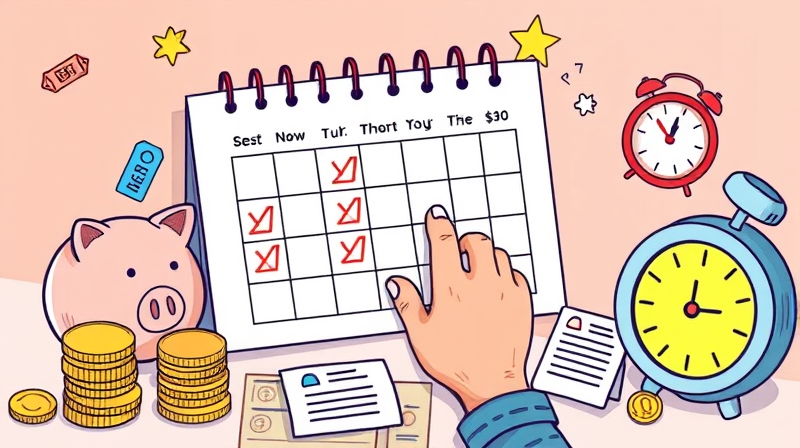
Properly tracking capital improvements can have a significant impact on your tax liability when you decide to sell your home. By maintaining clear records and understanding how to adjust your basis, you equip yourself with the tools to minimize taxable gains. Whether you’re a first-time homeowner or a seasoned investor, establishing a comprehensive documentation process is the first step toward financial confidence and peace of mind.
Your property’s cost basis starts with the purchase price plus acquisition fees such as closing costs, legal fees, and recording charges. This foundational number sets the stage for future adjustments. Maintaining accurate records of these initial expenses is crucial because they form the bedrock for all subsequent additions and subtractions.
The adjusted basis evolves over time as you factor in capital improvements and allowable deductions. After adding qualifying upgrades and subtracting depreciation or insurance payouts, you arrive at a refined number that determines your taxable gain. Always start with the original purchase price plus acquisition costs to ensure every calculation is based on solid evidence.
Not every home expense can be added to your basis. The IRS defines capital improvements as those that add to the value of your home, prolong its useful life, or adapt it to new uses. Routine maintenance and basic repairs do not qualify, even though they may be essential for upkeep.
While painting or fixing a few shingles keeps your home functional, these add to the value only if they extend life or enhance function substantially.
When your home appreciates significantly, untracked improvements can translate into thousands of dollars in unnecessary taxes. By methodically recording every qualifying expense, you ensure that your adjusted basis reflects all enhancements, thereby helping to reduce your taxable gain at sale.
Consider a couple who purchased a home for $200,000 in 2001 and sold it for $750,000 in 2024. They invested $70,000 in remodeling projects over two decades. Without those records, they would report a $550,000 gain. But with proper documentation, their gain drops to $480,000, potentially exempting them from taxes due to the $500,000 exclusion for married filers.
1. Start with Purchase Price: Include your home’s original cost plus all acquisition fees. Always retain closing statements and billing invoices.
2. Add Capital Improvements: Throughout ownership, track all qualifying improvement costs with receipts, contracts, permits, and cancelled checks as proof.
3. Subtract Deductions: Reduce your basis by depreciation for rental periods, insurance payouts for storm damage, or casualty loss claims.
Not all property transitions follow the same rules. Inherited homes generally have a basis equal to the fair market value at the date of the previous owner’s death. Gifted properties use the donor’s adjusted basis or the fair market value at the time of transfer, depending on later sale prices. Rental and business properties require depreciation of improvements over their useful lives, often reported via Form 4562.
Consistent record-keeping can make the difference in an IRS review. Organize digital folders, maintain a spreadsheet with dates, costs, and project descriptions, and store physical copies of critical documents in a fireproof safe. Supplement your files with visual evidence whenever possible.
By committing to these habits, you build an audit-ready file that both supports your adjusted basis and delivers enduring value. Careful preparation today paves the way for a smoother sale and a brighter financial future.
References













